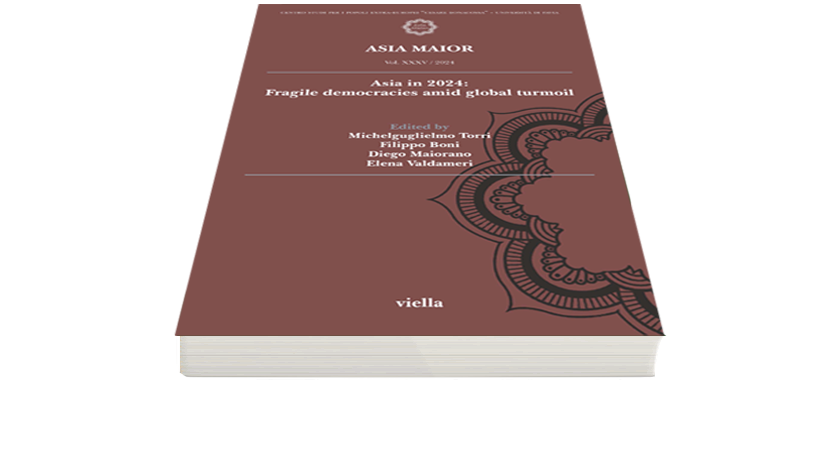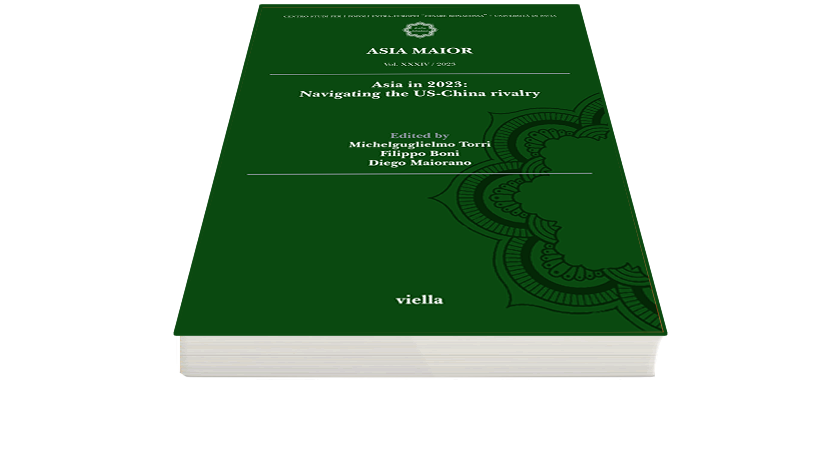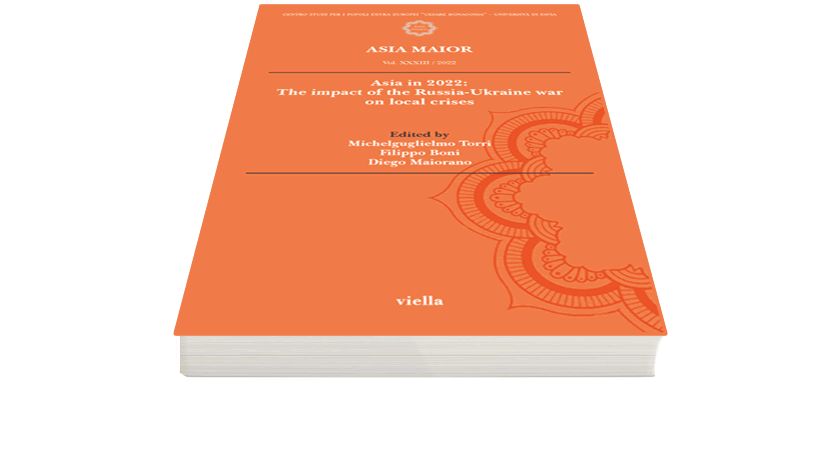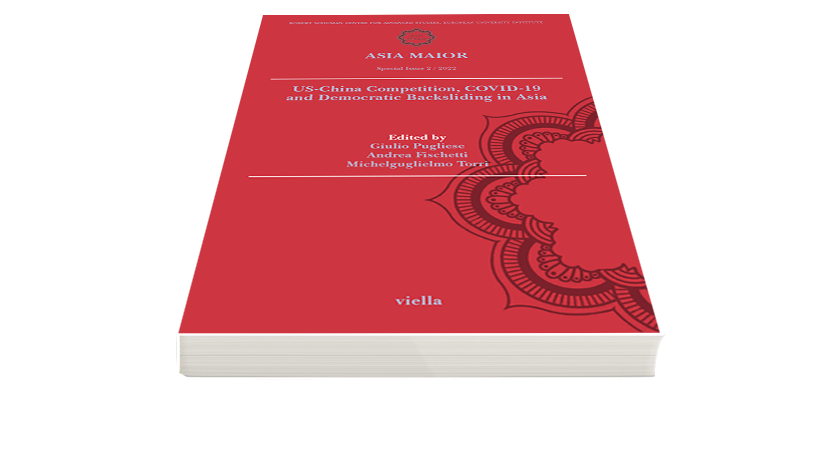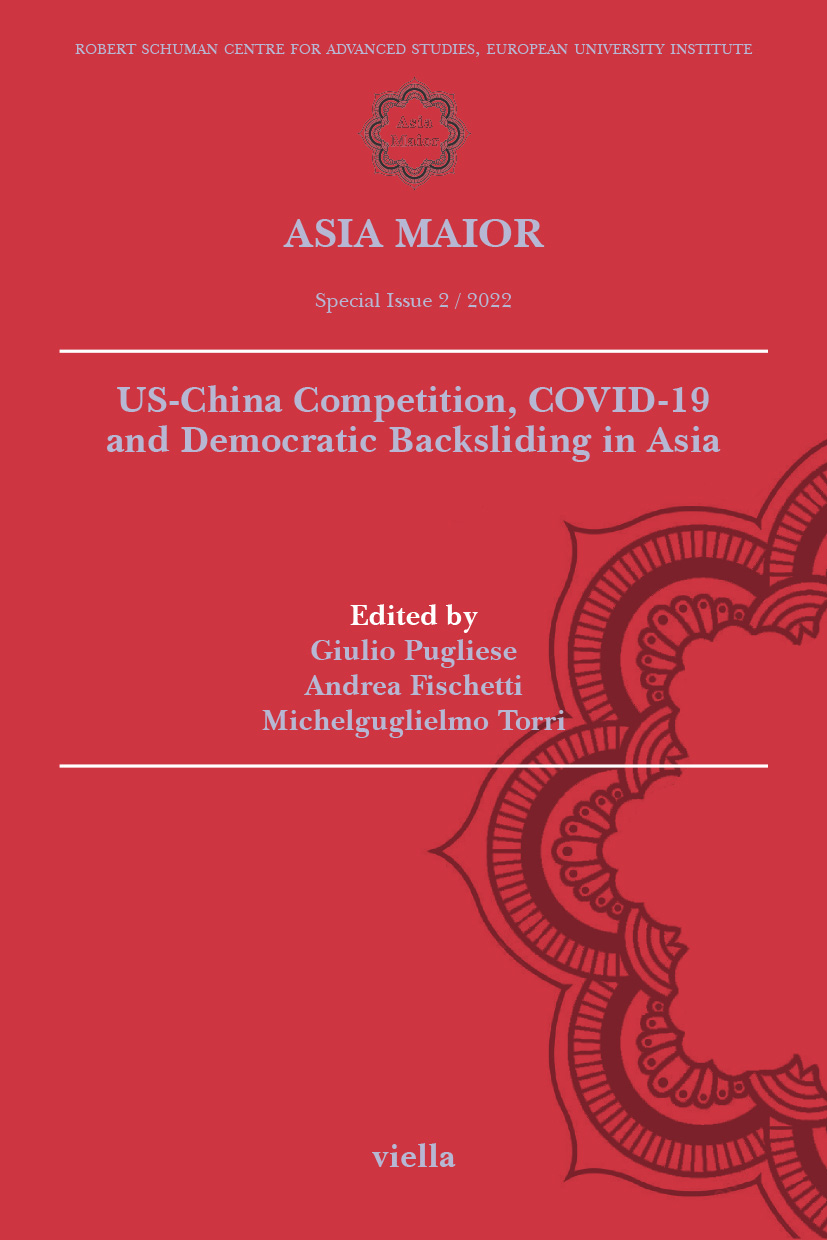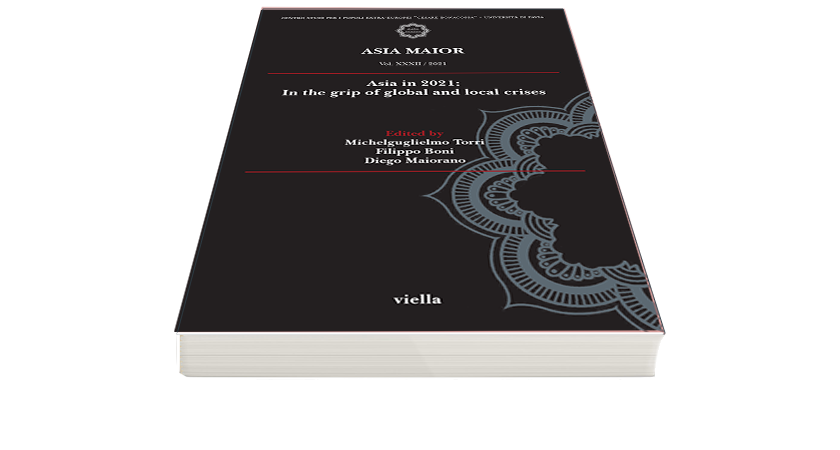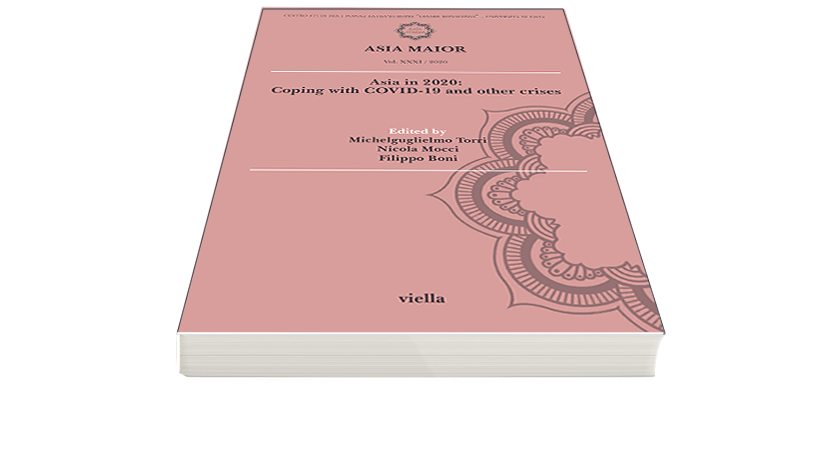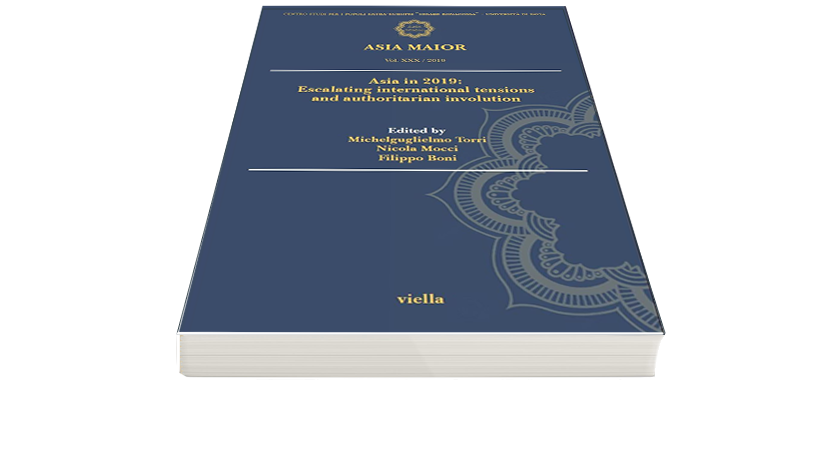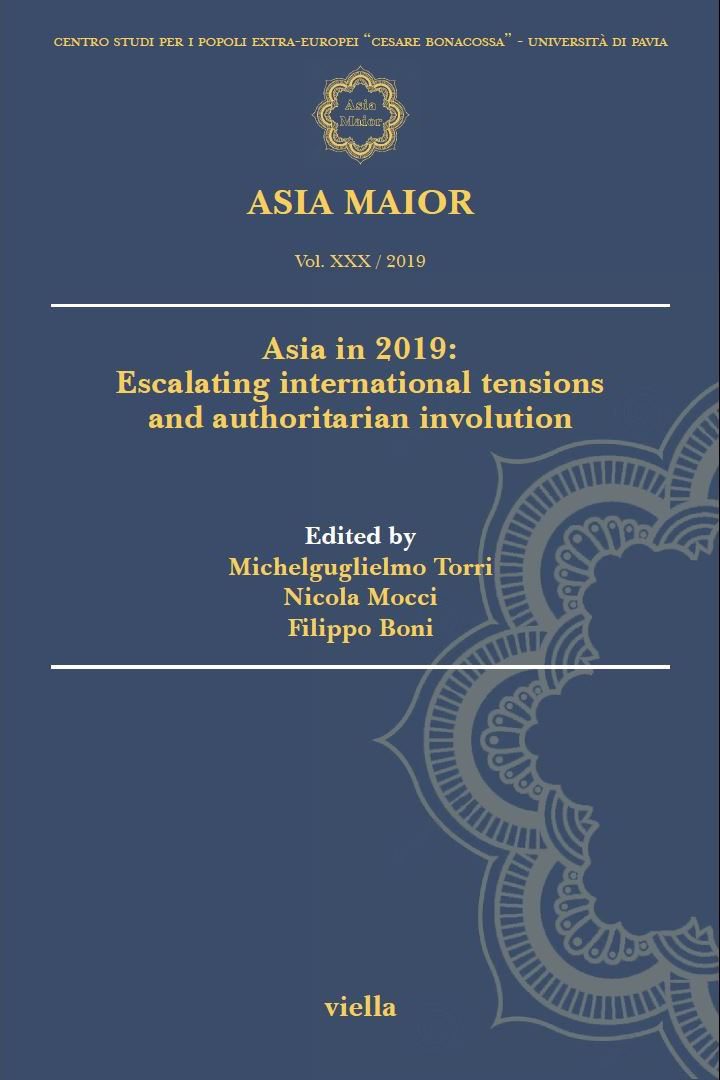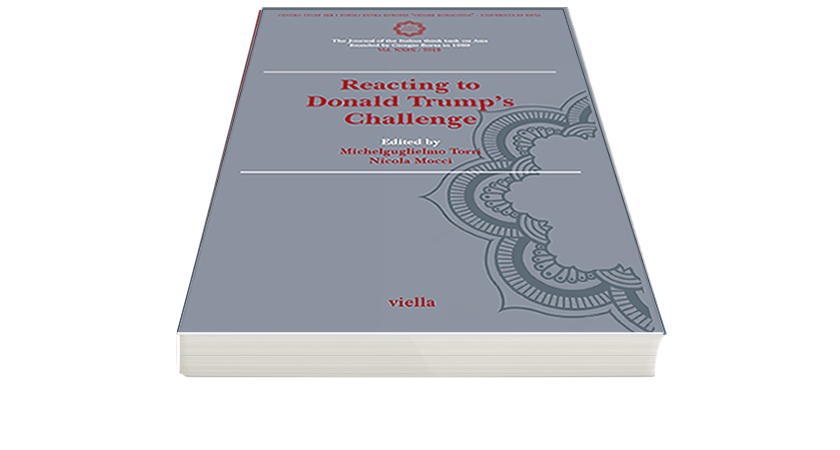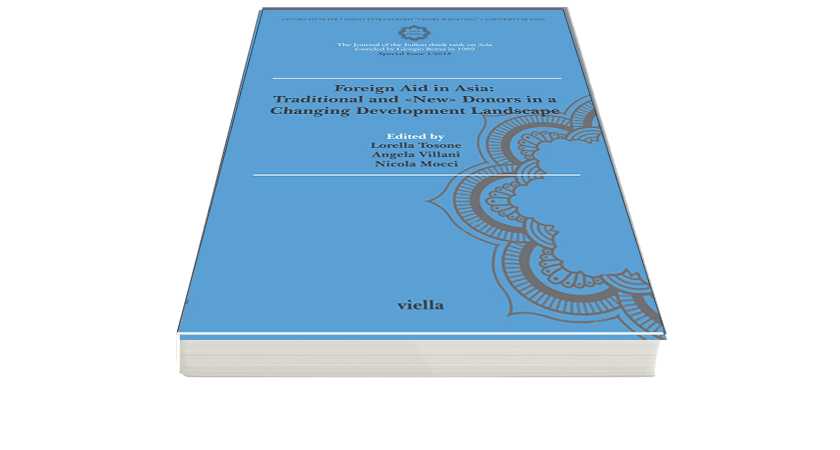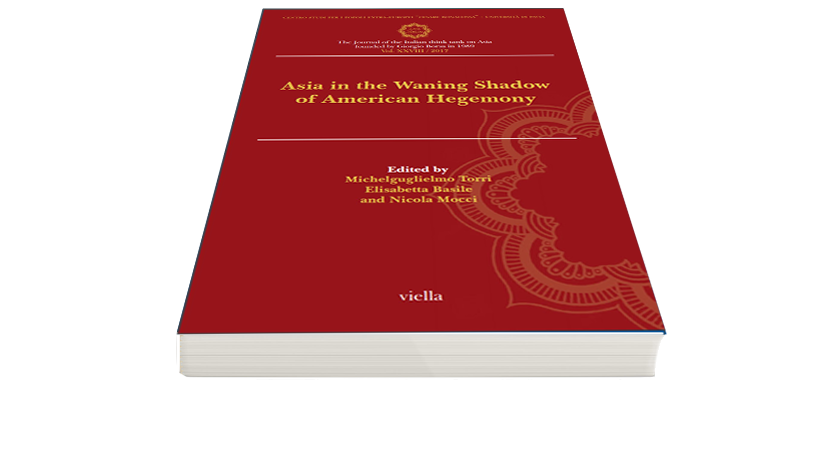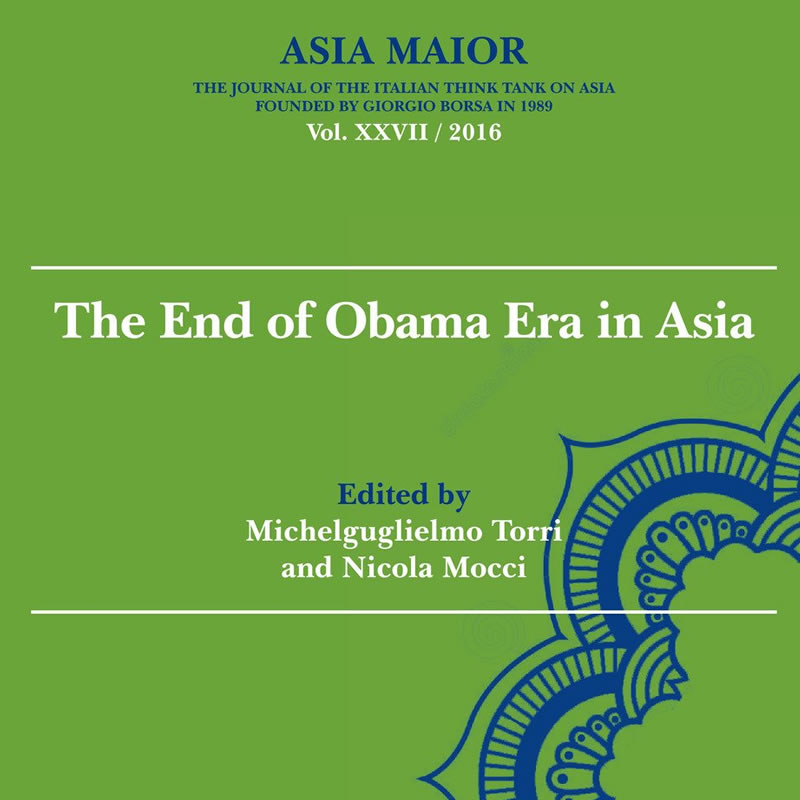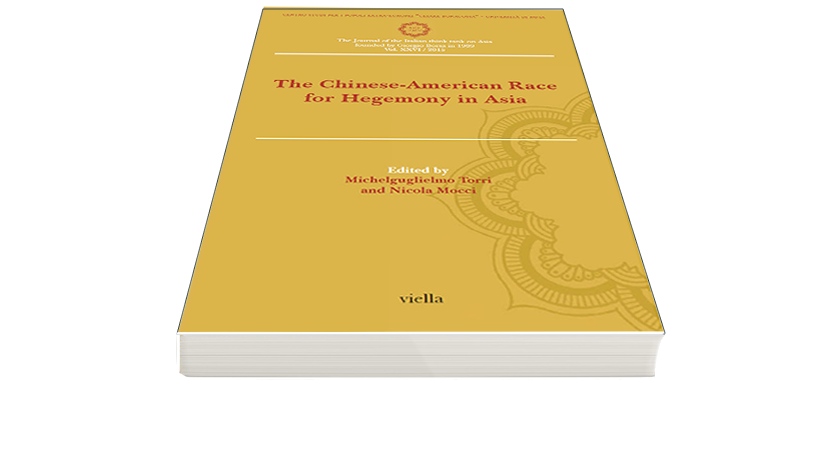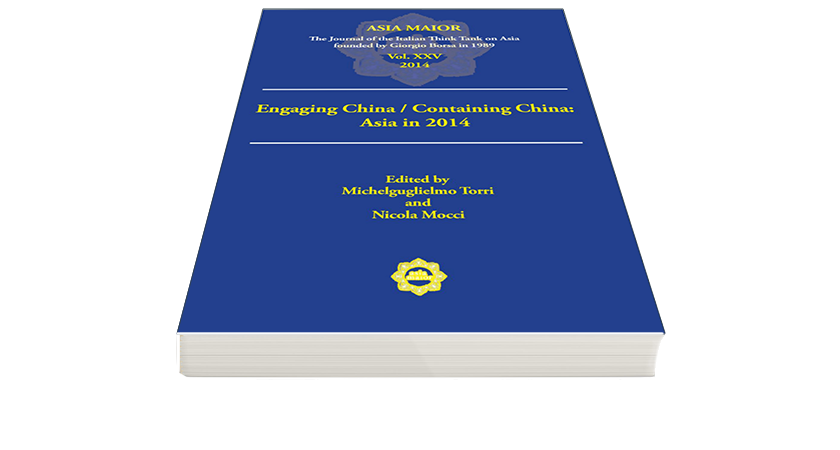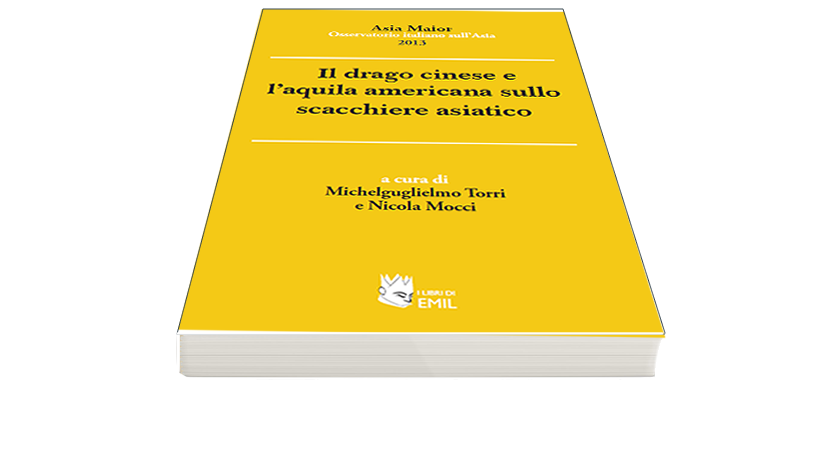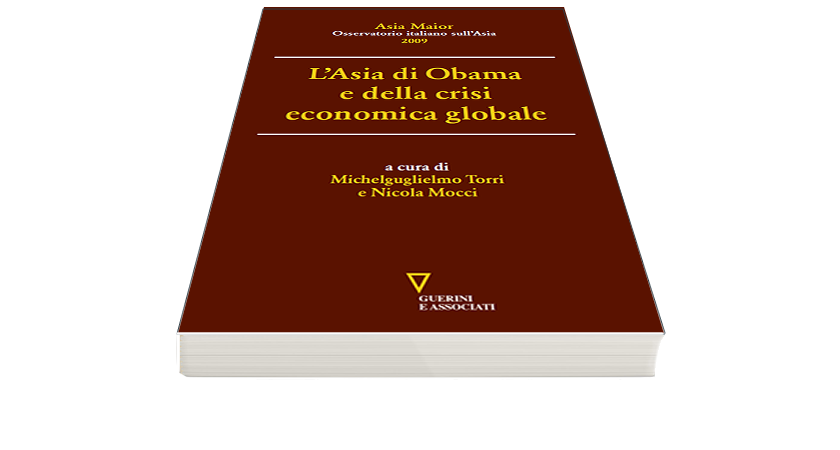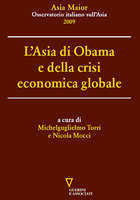Capability in the Public Sector in India: Agendas for improvement
Available also in pdf – Download Pdf
TV Somanathan and Gulzar Natarajan, State Capability in India, New York: Oxford University Press, 2022. xii+425 pages (ISBN 978-0-19-285661-6).
Karthik Muralidharan, Accelerating India’s Development: A State-Led Roadmap for Effective Governance, Gurugram: Penguin Random House India, 2024. xiii+812 pages (ISBN 9780670095940).
Introduction
These books puzzle about how to improve capability and effectiveness in the Indian public sector. They address a persistent question about why, in mission mode, the sector can deliver spectacular results but, in daily operational mode, often fails to meet basic citizen needs. Three critiques recur: civil service arrangements tend to favour the prerogatives of civil servants rather than the effective delivery of services; too few posts are staffed for what needs to be done; and front-line services are often not easily accessible. Incentives for effective performance are weak; perverse incentives proliferate.
Somanathan and Natarajan focus on problems and opportunities for reform in the central civil service. They are frank about problems, many of which they argue relate to how the civil service is organised. They focus on options for improving organisational arrangements, cultures and incentives. They draw on their extensive experience as senior civil servants at central and state levels. Somanathan is cabinet secretary and Natarajan is an additional secretary in the Department of Telecommunications. They draw also on experience during international assignments and on relevant international literature on public policy and management. As reflective practitioners they have sharp eyes for sore points and opportunities.
Muralidharan takes a different but complementary approach. He looks beyond the centre. He argues that state-led initiatives can contribute to effective national governance. After a national overview of public sector problems, he outlines possible agendas for action at state and local levels. He too is clear about problems. He focuses on getting more staff into front line services. He challenges chief ministers to act. He argues that positive results can be achieved within a five-year term in office. Options canvassed are designed to be politically feasible. He draws on twenty years of consulting and research at state level and on experience as a university economist based in California. He supports his analysis with accessible economic reasoning, examples from existing practice, and deft use of numbers to place public sector staffing levels and costs in perspective.
Both books focus on the ability of the sector to do things that citizens value. They propose measures to improve efficiency, effectiveness, economy, equity and accountability. In doing so, they focus also on relations between politicians, civil servants and the society that both are meant to serve. Somanathan and Natarajan refer to building state capability. Muralidharan refers to building state capacity. Fortunately, the meanings of «capability» and «capacity» overlap. Indeed, in Hindi one word (क्षमता ksamata) can be used to refer to both. On occasion both books use both terms. In this paper, for convenience, «capability» is used.
Whatever term is used, building state capability places heavy demands on governance. It has to be worked at. Supporting processes and relationships at many levels in the institutions of state and society are essential.
Capability is not a unitary phenomenon or a stable, easily knowable system. Muralidharan lists a set of components with an emphasis on data management and performance incentives. But, as Somanathan and Natarajan point out, capability «cannot be seen and thus cannot be directly measured». It is a changeable bundle of components and relationships.
Key components include people, skills, organisational arrangements, information, systems, technology, incentives, culture and leadership. However, components differ – some are hard and some are soft. They jostle for priority. Relationships between them need to be managed. What works in one place or at one time may not work in another. Good intentions can be undone by perverse incentives and unintended effects. For this reason, how capability initiatives are formulated and promoted demands close attention. The judgments of political leaders about what is feasible are critical. As with significant policy changes, initiatives to build capability need to be based on well thought out ideas, fit perceived needs, win support or at least acceptance from interested parties, and be introduced at times of opportunity. Wherever possible, improvements in one component need to support improvements in others. Capability building demands alertness to context, evidence, versatility, and persistence.
Constraints on performance
Both books interrogate extensively what Muralidharan terms critical binding constraints. Two often cited constraints are hangovers from colonial practice and the impacts of corruption. However, while not ignoring either factor, the authors focus elsewhere. They locate current problems of capability in how the leadership and organisation of the public sector have evolved since independence.
Two factors stand out. First, governance arrangements for the public sector have tended to follow short term political considerations and the often short tenure of civil service leaders. Second, the expansion of the role of the state, driven by electoral democracy and the ability of citizens to make claims on the state, has given the sector too much to do. In both books these two factors run together.
Somanathan and Natarajan begin by setting out provisions in the constitution about the role of ministers and the structure and responsibilities of the civil service. The roles of political and civil service leaders interlink: governance is a «joint product» of ministers and civil servants. In the work of government, political will and skill need to be joined with civil service expertise. The authors suggest that, where politicians know what they want, the civil service is generally able to deliver. However, they suggest also that a persistent problem of civil service work is «political interference». The terseness of their discussion is, perhaps, an invitation to read between the lines.
In contrast, Muralidharan is explicit. In his view many problems of governance are driven by the narrow incentives to which politicians respond. Politicians, he says, face a dilemma. They often know the complexity of issues of policy, legislation, and administration for which they are responsible. But they seek election in a system that rewards narrow casting. Questions of governance and policy are refracted through the lens of what they think will maintain electoral support. In a first-past-the-post voting system and a segmented society it is possible to win with appeals to narrow segments of voters. Meeting narrow appeals for services and facilities then becomes a priority. Nevertheless – Muralidharan argues – policies to improve equity and access to services for citizens generally, backed by political will, can change the game.
Somanathan and Natarajan are blunt about the inability of the public sector to meet expanded expectations. The civil service appears large. It employs approximately 10 million people. However, it is «understaffed at most levels in most governments». The ratio of civil servants to citizens is low – 16/1000. In comparison the ratio in China is 57/1000 and in the US 77/1000. It is thin on the frontline, has basic administrative deficiencies, and is unable to function with integrity and political neutrality. While the service does a lot with limited resources, it needs to do better. Public systems lack capability to translate even well-conceived policies into good outcomes. Continual auditing, intended to improve integrity and efficiency, constrains rather than improves.
Muralidharan largely agrees. For the scope and range of functions expected of it, the civil service is too small and too ineffective.
Three organisational constraints on performance stand out: civil service structures and processes; compliance with accountability measures; and weaknesses in policy making and implementation. The organisation of the service and the rules by which it runs do not focus consistently on performance.
Civil service structures and process
As Muralidharan states «the system runs for itself». Personnel management is about examinations and rules. Recruitment for cadres providing senior leaders is by rigorous examination. But examinations are not supplemented by measures to promote effectiveness. Nor is recruitment followed by skill-development, career-management and capability-building. Emphasis is placed on rules, procedures and extensive paperwork.
Somanathan and Natarajan examine in detail constraints in the central government. It is not organised to post competent people in the right places. As Muralidharan observes, much of the function of personnel management is to «get people transferred». Structures are fragmented and do not promote collaboration. Responsibilities for difficult issues are often diffused between different ministries and departments. Weak systems discourage delegation and encourage managers to centralise. Successive managers in the same post may take very different directions. Frequent transfers mean that managers do not stay in posts long enough to get results. Promotion by seniority does not reward performance. Ministry heads, when appointed are often near retirement and only serve for short terms. Reluctance of some members of the Indian Administrative Service (IAS), who generally occupy the most sensitive positions, to accept deputation to the centre limits availability for the most senior positions. Unfilled vacancies exacerbate staff shortages. For managers with short tenures the difficulties of recruitment – large fields, disgruntled unsuccessful applicants and court challenges – make the costs prohibitive.
Muralidharan sets out how many of the problems identified by Somanathan and Natarajan are replicated at the state level. Weak systems encourage centralisation. District administration, in which IAS officers start their careers, is also prone to centralisation. Too many local civil servants live away from the citizens they are supposed to serve. Staff shortages, unfilled vacancies and absenteeism limit services. Limited skills and facilities encourage harassment of citizens. A focus on paperwork diverts energy away from services. Incentives abound for «creating a façade of performance».
Compliance with accountability measures
Somanathan and Natarajan argue that measures introduced from the early 2000s to cut corruption, and improve transparency and accountability, shrank the public sector’s decision space. They probe a perceived gap between good intentions and unwanted results. They examine how implementation of Right to Information legislation and the activities of auditors, vigilance commissions, other investigators, and judges have created for ministers and civil servants incentives for indecision. Contested decisions can be turned into public scandals. It is safer to make no decision than one that invites prolonged scrutiny, requires extensive responses, and may involve prosecution for corruption.
The authors emphasise especially the adverse effects of a section of legislation in force between 1988 and 2018 designed to prevent corruption. Under this section any decision that provided a pecuniary benefit to a private party without public benefit could indicate corruption. They argue that the broadness of the provision combined with the unexpected impacts of decisions taken in good faith could, and did, subject honest officials to prosecution.
Somanathan and Natarajan welcome the removal of this constraint but are concerned that others remain. Two examples illustrate their concerns. One is the extension of the role of the comptroller and auditor general to include performance audits and assessment of policies. They argue that audit staff show insufficient appreciation of decision-making contexts and deploy insufficient investigative skills. Another example is the role of the judiciary. Courts go beyond examining the law and assess the merits of issues brought before them. When civil servants implement a course of action decided by ministers, they may have to explain what they are doing to a court. Court delays and procedural inefficiencies add to the civil servants’ concerns.
The authors argue that, in a shrunken decision space, civil servants do not act in effective ways. For example, critical decisions regarding financial management and infrastructure projects are affected. When receiving requests, they play it safe with an initial rejection, noted on file. With tenders they accept the lowest. Decisions in committee are favoured. Any analysis of quality is restricted to tests that are quantifiable.
Weaknesses in policy making and implementation
Somanathan and Natarajan probe weaknesses in the capability of civil servants to participate in making and implementing public policy. Four stand out. First, context knowledge and expertise, which can enable generalist managers to be effective managers of complex fields, is not built up. Senior officials tend to be generalists. IAS officers tend not to acquire deep knowledge in specific policy fields. Fragmentation and weakness in available technical analysis add to the problem. In house specialists are often not used. Embedded problems in difficult policy fields are not probed. Skills and structures for effective consultation do not exist. Debate often starts only after decisions are made. Reversals, including for no reason, are common.
Second, civil service decision makers often lack hard information. The service’s approach to paperwork and reporting takes up much time but tends not to produce useable knowledge.
Third, creativity and fluency in policy advice are not fostered. Nor is appreciation of policy work as requiring patience, messiness, iteration and the second best. Policy work is often seen as implementation writ large. Senior civil servants are preoccupied by implementation. They centralise and complicate it too. Examples are elaborate and counterproductive guidelines for state implementation of Centrally Sponsored Schemes. Politically challenging issues frequently arise. Avoiding disasters is a constant preoccupation.
Fourth, financial management is not strong. The cost of raising revenue is high. Expenditure management is weak and focuses on inputs. It does not ensure that expenditure is applied to intended purposes or within prescribed time frames.
The sustained discussion of constraints suggests the need for improvement on a wide front within and beyond the civil service. However, Somanathan and Natarajan recognise the need for care in picking where to start.
Agendas for improvement
Both books offer targeted agendas for improvement. Somanathan and Natarajan focus on organising more effectively people already in the central civil service while also canvassing a wide range of other possibilities within the service. Their proposals are ambitious, sceptical and top down. They aim for combinations of measures and cumulative effects. Muralidharan, on his part, advocates mixing public sector and market techniques to add new people to civil service agencies in the states. He also canvasses wider opportunities for changing the context in which politics and civil service work take place. His proposals are ambitious, optimistic, data driven and bottom up. He aims for catalytic effects.
Somanathan and Natarajan want to build a civil service comprising «restless armies of value creating agents». The words are borrowed from the American public policy scholar Mark Moore.1 But the approaches proposed are home grown. They advocate changes to the fabric of the civil service – structures, posts and postings; they suggest improved approaches to policy making and implementation; and canvass a broad range of other options to improve how the service operates.
In the fabric of the service, Somanathan and Natarajan propose, first, a broad banding of ministries. They advocate three sets: welfare, economic, regulatory. Such a reorganisation would focus on the well-being of citizens. There would be fewer overlapping and competing entities. There would be fewer secretary positions. Coordination should improve. A similar rationalisation should take place at state level.
Second, they propose a review of posts, functions and cadres. The review would examine what jobs should be about and the levels of expertise required. A review of cadres would examine the rationale for the specialist cadres to which many civil servants are recruited. Review and rationalisation of pay scales are also advocated.
Third, in perhaps the most sensitive of their suggestions, Somanathan and Natarajan propose to change how senior civil servants are assigned to posts. In a mix of old and new procedures, they wish to ensure that senior civil servants are posted to jobs they are qualified to do and want to do. Further, they insist that appointees should be left in post for time to get results. In doing so, they wish to build on the characteristics of the IAS, a person-based service. They explicitly do not wish to move to a position-based service, as is the case in many other civil services. They give four reasons: politicians in office rely on IAS officers; the service retains esprit de corps which can help get work done; IAS officers have notable «convening power» – the ability to bring together different groups around a common purpose; and young IAS officers, posted to districts, have initiated many projects that have grown into national schemes.
Reforms proposed include: internal advertisement of vacant posts; applications by interested officers with appropriate seniority; and five-year appointment for successful applicants. Such processes would build on informal practice for senior postings. They would also be consistent with processes used for non-central services. Officers to be posted would no longer be formally uninvolved in posting decisions. Heads of departments would be accountable for posting decisions.
The authors propose further that, in the second part of their careers, officers should be encouraged to specialise. They should also be allowed to gain experience by working externally and be encouraged to develop skills through online courses. However, the authors are cautious about lateral recruits. Lateral appointees take time to become familiar with civil service practices. It is also hard to fit them into a service in which seniority remains important.
With policy making and implementation, Somanathan and Natarajan advocate that policy makers should aim for a «minimum viable product». Most development problems are hard to specify. Uncertainty is common. Rational scepticism should be applied. Officials should not aim for perfection. Second best is often more feasible. Many issues can only be figured out once a project is underway. Policy design should be simplified. Experiments should be encouraged. Policy development is iterative. Good project management is essential and should be driven down to district level.
To allow space for policy development, implementation should be the responsibility of separate teams. However, the authors argue it is important to avoid «freezing» implementation. Coordination should be through policy and implementation teams reporting to a common head. «Plain, simple, persistent monitoring» achieves much.
In other suggestions, Somanathan and Natarajan focus also on what can be done within the civil service. They stress the importance of a culture of probity and effective service. Throughout they de-emphasise over-reliance on rules: heavy regulation tends to be counterproductive; integrity can coexist with light regulation. Building skills, culture, and a sense of personal ownership embeds probity and professional decision autonomy. They recognise that none of this is easy. Much depends on the enrichment of civil service culture and norms, a process that is not easy to «figure out». In this, leaders of the service have important roles. But so, too, do local champions. Such champions can arise at many levels and encourage others with exceptional work.
On several other current or advocated approaches to civil service work they are sceptical. The use of consultants and advisors should be sparing. Outsourcing is not favoured: it bypasses the need to think through what should be done. Post-retirement appointments for senior civil servants, a benefit often eagerly sought, should be restricted; the prospect of such appointments discourages frank advice to ministers. Proposals to administer civil service personnel processes through independent public service commissions are rejected; appointments to such institutions could enable political interference. New public management approaches, including performance pay, are considered to have little potential.
On initiatives in technology and systems, the authors are cautiously supportive. E-government is promising but digitisation on its own is no answer: it bypasses hard thinking. Management information systems can improve data analysis and a focus on the frontline. But their design is critical. Improvements to project assessment capabilities are supported: quality for thick projects; and quantity for thin ones. But evaluation programs and randomised controlled trials are not.
Somanathan and Natarajan’s prescriptions are clear and strong. However, implementation of proposed changes to the fabric of the civil service would be demanding. Changes to organisation structures indicate preferred directions but on their own do not enlist the enthusiasm and support of officers affected. For example, lack of coordination between separate agencies can persist when they become units of a merged ministry. Collaborative cultures require persistent fostering.
Reviews of posts and pay disturb career expectations. Proposed changes to selection procedures for postings do so even more. A critical issue is the basis on which individual postings are decided. As the authors recognise, moving away from seniority, even if only in part, entails setting and applying standards that can be contested. Protests, legal challenges and politically directed campaigns could be expected.
Effective implementation of each of these proposals would demand extensive consultation and change management. It would also test political resolve and, within the civil service, leadership persistence.
On policy making and implementation the authors emphasise iteration. However, they do not spell out how this could most effectively be managed. Especially they do not spell out how, when operational responsibilities are separated, iteration in policy formulation and implementation can be managed. Whether one thinks of policy making and implementation as a linear sequence or a series of cycles, it involves complex relationships between separate functions and steps. As the authors emphasise, policy directions often change as they are developed. Contests over directions change initial analysis; changes to analysis tend to change what is contested. Developing guidance for civil servants on managing policy processes would be an essential first step. However, it would be one of many in a change program in which on the job reinforcement would be essential.
Overall, the Somanathan and Natarajan’s agendas for civil service reform are substantial. If taken up, their proposals could build important components of capability within the civil service. However, their detailed proposals do not address all the constraints on capability they have identified. In particular, their suggestions on redressing the impact of courts and investigative agencies remain just that. Similarly, discussion of the role of political leadership, understandably, remains muted.
Muralidharan, on his part, aims to improve frontline services to citizens. To do this he advocates sharply improving state level governance and effectiveness. He focuses on the states for two reasons: first, the states deliver an extensive range of services, especially in health, education, and law and justice; and, second, in these sectors the states are responsible also for public spending.
Muralidharan embeds his argument in economic reasoning combined with advocacy of equity, diversity, decentralization and institutional reform. In his view arguments about economic growth and equity need to be redirected. He wants both. Growth provides resources and possibilities; equity helps build the human capabilities to take advantage of opportunities generated by growth. In his terms, Muralidharan’s design for equity joins centre left aims with centre right means. Equity can be made more efficient with market methods. Economic policy needs to provide jobs of improving quality, promote productivity and encourage equitable growth. The public sector needs to provide relevant high quality public goods.
To promote equity and efficiency Muralidharan advocates «nuanced decentralization». In his view, the country is too big for central control of service delivery. Many states and districts are also too big. He looks to China for options, where much more responsibility for expenditure is located at local levels.
More generally state institutions need reform. Improving services is more than a matter of more money and more staff. To set directions and provide improved services and facilities, state institutions need to invest in state effectiveness. Two specific initiatives are needed: first, get more staff into service jobs; and second, employ more staff with increasing skills and motivations to perform.
To support his agenda Muralidharan sets out six elements of state effectiveness: data; personnel; quality of public expenditure; tax revenue; federalism and decentralization; and leveraging non-state actors. Relevant information, skilled people, informed judgments, appropriate institutional arrangements, and mutual interaction between participants combine to improve governance. Data, evidence and technology are important drivers. So are how people are recruited, trained and led. So too are the institutions in which people interact. Federal arrangements and decentralization allow for diversity. Contributions from non-state actors augment public sector resources and help explore future directions.
Muralidharan’s core proposal is to recruit additional frontline workers through a performance driven apprenticeship scheme. Key elements would be improved task design to transform service delivery; use of technology to capture and use relevant data; performance measurement based on critical outcomes; and pay for performance. Staff would be recruited through existing examinations for civil service recruits, take part in a two-to-four-year practicum, be employed on fixed renewable contracts, and be paid closer to market rates than existing civil servants. During the practicum they would receive competency-based training and, while working on the front line, learn on the job. Service outcomes and participant performance would be monitored. Checks would include phone surveys of service users.
The proposal’s design draws on central and state examples of schemes using extra staff to support implementation of new schemes. It is also tight: more staff, locally recruited, employed on contract, less pay than existing civil servants, and more incentives to perform. Improved data on service demand and delivery would be a «foundational investment». Official «visibility» of how citizens experience services should improve.
Muralidharan supports the proposal with worked examples of how extra frontline staff could be deployed. Examples include: education, health, police, courts and justice, and social protection and welfare.
In education he aims for functional literacy. He advocates improved pedagogy and modular assessments. The practicum approach would enable locally employed teachers to learn to teach children from their own communities. Instruction would need to be focused on relevant levels. He rubs in the point by inserting a paragraph in Tamil. When students cannot understand what they see and hear, they struggle to learn.
In health, Muralidharan proposes to incorporate private informal providers into the formal health care system. Many informal providers work alongside a nominally universal system of public provision. He argues that informal providers work harder and cost less. With training through a practicum, they could provide needed services and improve access to healthcare.
In police a practicum and competency-based career management is proposed. Candidates who complete a practicum but do not gain further public employment would have improved skills suitable for work in private security agencies.
In courts and justice, he advocates a focus on the lower judiciary, where 80% of cases are adjudicated. He proposes judicial clerkships, two for each judge, to help with the workload. As many cases involve disputes over land, he proposes also reforms to land titling to cut the number of cases.
In social protection and welfare, he advocates giving beneficiaries choices. Public provision of poorly designed subsidies, including expensive agricultural subsidies with negative externalities, should be replaced with income support. Public provision of goods for the poor should also be joined by offers of income support. To test feasibility, he advocates pilot, choice-based schemes.
Muralidharan extends ideas for improving front line services to the whole of state civil services. Data driven decision making, competency-based careers, pay for performance, and payment of new staff closer to market rates should be implemented state-wide. Like Somanathan and Natarajan, Muralidharan advocates also stability of tenure for civil servants (a minimum of three years for senior posts), and decision-making autonomy and accountability.
A persistent concern is to improve public sector financial management. The quality of both public expenditure and revenue raising need to improve. Muralidharan favours strategic budgeting, employment of state chief economic advisers, and increased use of return on investment analysis. Improved incentives to make savings are needed, including rules to enable savings to be used for new projects. In revenue raising, specialised skills and skills specific to different sectors should be applied.
Muralidharan throws out a strong challenge to state leaders. His proposals comprise a linked set of reform agendas. On institutional reform he crosses tracks with Somanathan and Natarajan while going further, especially on data management, performance pay and coordinating commissions for civil service personnel and financial management.
Throughout, Muralidharan argues that institutional reform is essential. Personnel management reforms in state civil services need to be coordinated state-wide. So do reforms on data management and financial management. Unlike Somanathan and Natarajan, he advocates coordinating commissions on personnel, financial and data management. Further, agendas for institutional reform should not be confined to the civil service. Options for wider changes, including alternative voting systems (Muralidharan is interested in ranked choice or preferential voting), consultation of citizens through citizens’ assemblies and creative use of non-government organisations should be explored.
He acknowledges that reform is not easy. The return on investment is large, but getting support demands convincing explanations and persistence. Specific reforms need to be seen as home grown, well prepared and fair. Multiple veto points within the civil service need to be negotiated. Opposition is concentrated and benefits diffused. Consultation, communication and opportunities for affected officials to be participate in relevant task forces is critical. Above all, political will in the government of the day is essential.
Six difficulties stand out. First, advocacy of extensive use of technology for data management challenges existing work practices. Second, advocacy of contract employment challenges expectations of life long civil service jobs. Third, advocacy of pay closer to market rates, not only for practicum participants, but also for other new entrants to state civil services is a further challenge to expectations. Fourth, so are performance management and performance pay. Fifth, systems designed to promote accountability and effectiveness need to be reinforced by hard-to-foster norms. Finally, that his proposals are linked constitutes a multidirectional set of challenges to current ideas in the service about appropriateness, legitimacy and feasibility.
That his proposals face difficulties does not imply that they can be ignored. The care, detail and enthusiasm with which Muralidharan has set them out makes them an attractive resource for politicians who wish to do more than just win elections.
Conclusion
Both books demand a careful reading. They meet a select but persistent demand in India for an increased focus on improving the capability of government. From differing directions, they pose the same challenge: improve capability to do the ordinary work of government better. The reform agendas set out extend from within the central civil service, through state civil services, to society as a whole.
Somanathan and Natarajan focus on improving the ability of central civil servants to create value by making better decisions and driving them down to citizens. In doing so they recognise that civil service capability involves many interconnected factors, including partnerships within and beyond government. Muralidharan’s focus is complementary but explicitly wider. Bottom-up action by state governments can close last mile service gaps and improve opportunities for ordinary citizens. Initiatives by state political leaders can refocus national political attention towards policy outcomes. Exploring options for reforming electoral systems and widening the range of participants in public policy making can open up fresh options for state and national public policy.
However, for civil service reform to take place three things are needed. The first is political interest and will. The second is persistence over time. For the most part, the books leave open questions about how and why political leaders might take up their suggestions. They also leave open questions about sequencing the large bundles of reforms proposed, judgments about what is likely to be effective in response to differing needs in a diverse society, and the long time-frames likely to be needed for implementation.
A third element is also needed: recognition that civil service reform has impacts beyond the service. Strategies for civil service reform need change management programs not only internally but also within the wider community. While the books recognise the interdependence of the mix of institutional, process, personnel and cultural elements in civil service reform they do not go into detail about how changes will be explained to the community and actually brought about. Beyond the service, proposals for changes in recruitment processes run against prevalent expectations about government jobs, proposals for decentralization run against the strong centripetal forces in Indian federalism, and proposals for involvement of Non-Government Organisations and citizen consultation run against current political directions.
To create momentum for capability improvement there is much more to do. However, for interested practitioners and scholars these books provide indispensable foundations for defining options and identifying and taking opportunities.
1. Mark H. Moore, Creating Public Value: Strategic Management in Government, Cambridge (Mass.): Harvard University Press, 1997.
Asia Maior, XXXV / 2024
© Viella s.r.l. & Associazione Asia Maior
ISSN 2385-2526

